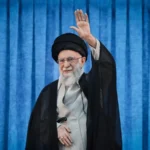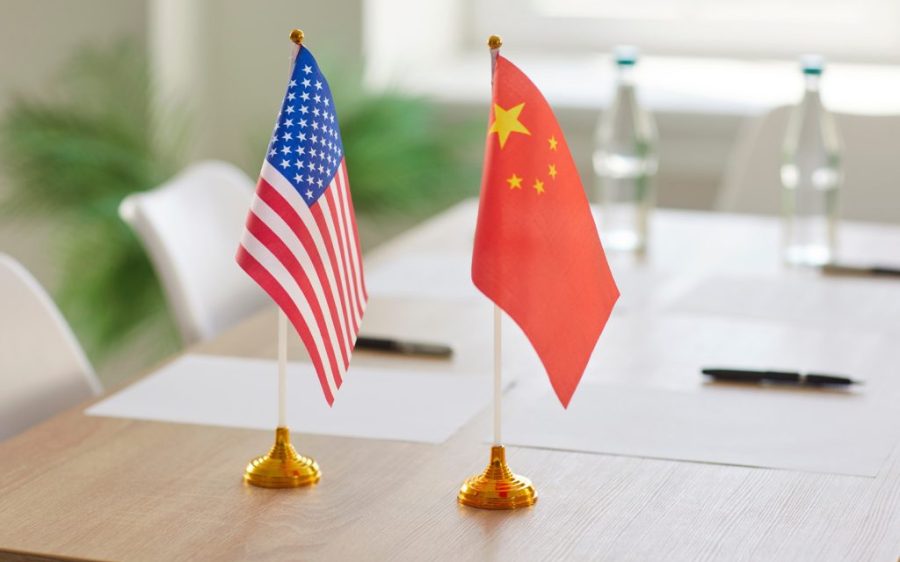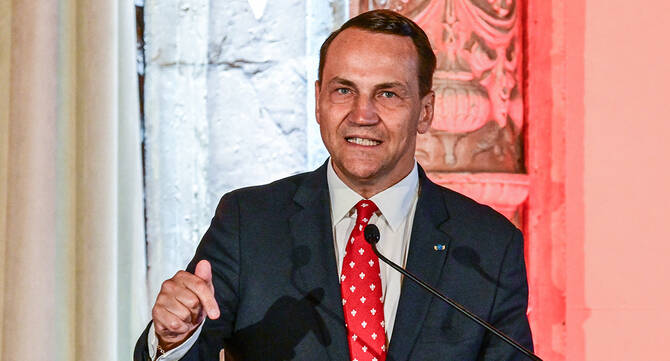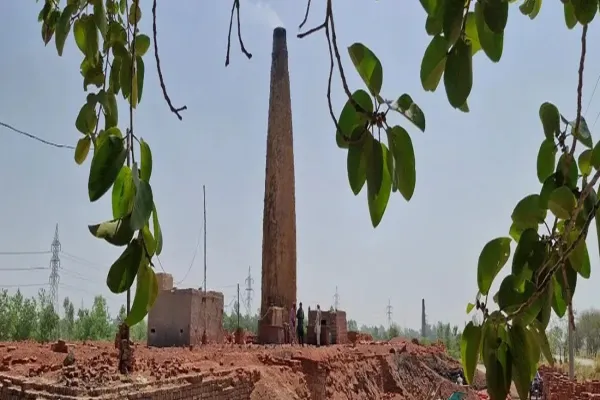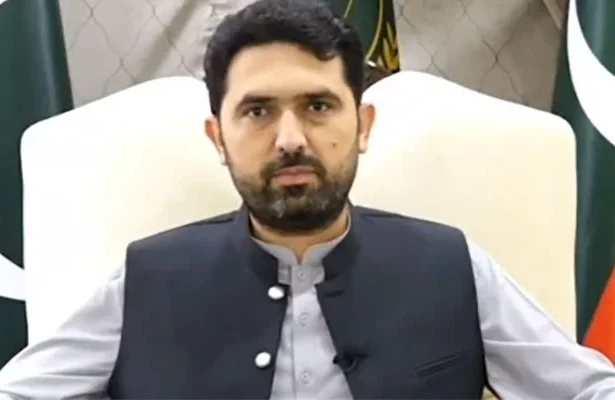ISLAMABAD: The Global Peace Index 2025 highlighted the rest and unrest situation in countries where Kashmir in Pakistan ranked lower than Kashmir in India. Global Peace Index flags Kashmir amid rising tensions: The recent conflict between Pakistan and India has raised an alarming situation in global peace. The Institute for Economics and Peace issued the …
Kashmir Named Highest-Risk Escalation Hotspot In 2025 Peace Index
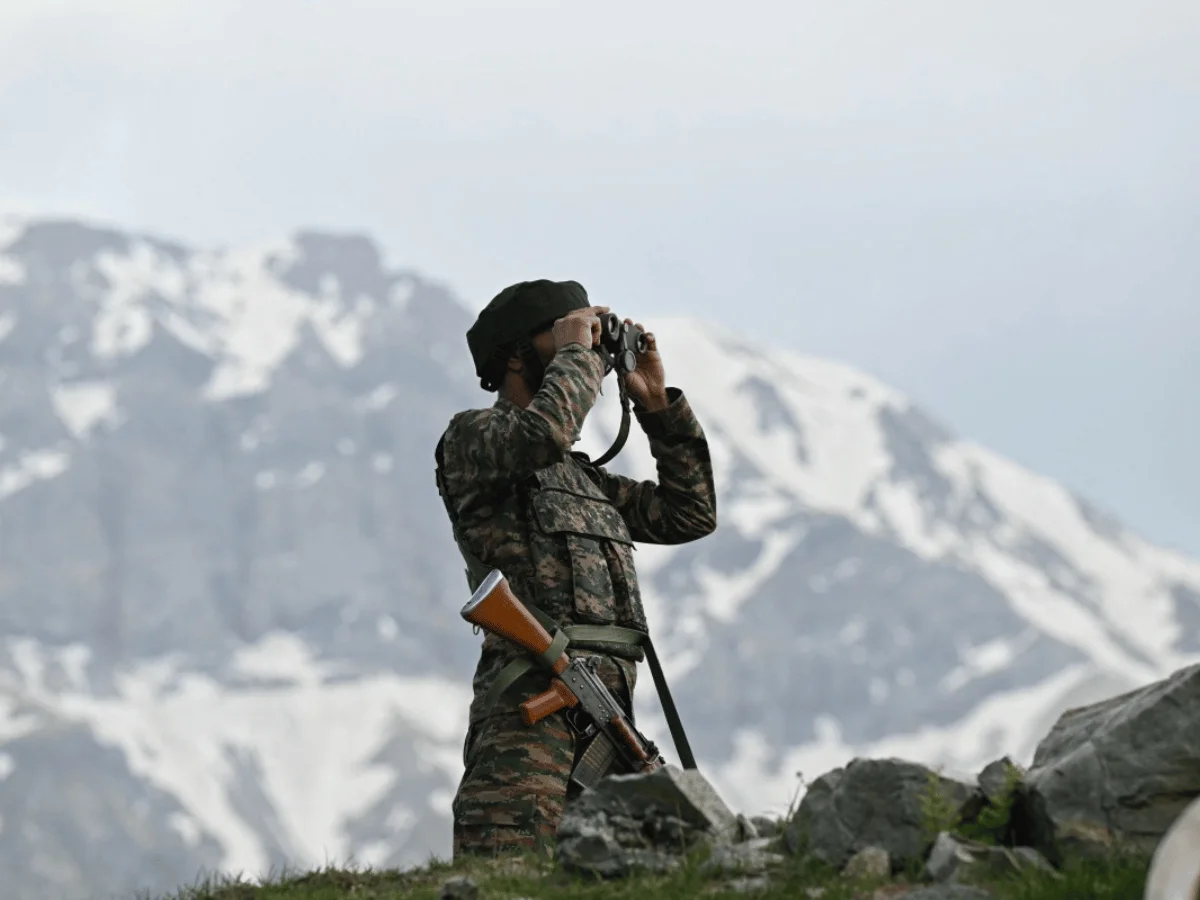
ISLAMABAD: The Global Peace Index 2025 highlighted the rest and unrest situation in countries where Kashmir in Pakistan ranked lower than Kashmir in India.
Global Peace Index flags Kashmir amid rising tensions:
The recent conflict between Pakistan and India has raised an alarming situation in global peace. The Institute for Economics and Peace issued the Global Peace Index (GPI) 2025 report. The report has placed Kashmir squarely at the top of global conflict risk areas. The unrest in Kashmir has heightened the tense situation between Pakistan and India.
The Global Peace Index highlights Kashmir as a prime example of how ceasefires in volatile regions can collapse quickly, often sparked by non-state actors with international reach.
Also Read: Russia Launches Major Attack On Kyiv In Largest Strike Since Invasion
Pakistan and India rankings reveal widening peace deficit:
Between Pakistan and India, Pakistan ranked lower than India in terms of peace maintenance. In the 2025 Global Peace rankings, Pakistan placed 144th, while India ranked 115th. The ranking highlighted the level of peace in these countries, indicating a low state of peace in Pakistan and a medium state of peace in India. The substantial gap between Pakistan’s and India’s scores illustrates South Asia’s volatile security environment in the most volatile regions, like Kashmir.
Deadliest ceasefire breach in years:
The Global Peace Index report cited a four-day spike between Pakistan and India from May 7–10, 2025. The report called it “the deadliest escalation between the countries in several years.” The analysis shows, “Applying the escalation‑risk indicators to the Kashmir dispute finds it has the potential for rapid deterioration.”
The report also highlighted that both countries have nuclear capabilities. It shows that the Kashmir dispute can trigger the conflict into a broader war in the coming years.
Nuclear shadow and non-state actors in the spotlight:
The Global Peace Index cautions that intensified traditional warfare in Kashmir could still cause “heavy battlefield losses” and a spillover into broader territory. The index also flags threats by non-state groups, including Anti-Muslim vigilante violence in India, separatist insurgencies in Balochistan, and Tehreek-i-Taliban Pakistan (TTP) exploiting disrupted security dynamics. It shows that these non-state actors can turn the bilateral standoff into a multidimensional crisis.
South Asia is identified as the least peaceful region:
The 2025 peace report shows that Iceland, since 2008, remains the most peaceful country in the world. However, South Asia is identified as the second least peaceful region globally. The Global Peace Index pinpointed some of the reasons for this disturbance. It included the rising internal repression in Bangladesh under Prime Minister Hasina, escalated civil unrest and cross-border tensions in Pakistan, and heightened India‑Pakistan friction, with Kashmir as an epicentre.
Trend tracks 13th consecutive peace decline:
Peace levels dipped by 0.36% globally. It marked the 13th decline in 17 years. Among 163 countries, the peace situation in 74 countries improved while 87 saw deterioration. The GPI’s findings reflect a broader trend of fragile global stability. The Kashmir conflict served as a reminder of how swiftly peace can unravel.
Diplomacy: The only path forward:
Most of the time, it is seen that a higher degree of crisis can only be resolved through diplomatic means. The GPI underscores that diplomacy remains the only solution to the Kashmir conflict. However, certain things need to be done to prevent crisis escalation. These steps involved the revival of the ceasefire mechanism, multi-level confidence-building measures and the strategy to integrate non-state actors into discussions to limit their ability to incite conflict.



